Nutrition Through the Life Cycle 5th Edition by Judith E. Brown – Test Bank
Test Bank for Chapter 5 – Nutrition during Pregnancy:
Conditions and Interventions
Key to question information: ANS = correct answer; DIF = question difficulty; REF = page reference; OBJ = chapter learning objective for question section
Learning Objectives
5.1 Cite three specific examples of nutrition-related recommendations intended for women who enter pregnancy obese.
5.2 Define the different types of hypertensive disorders that occur during pregnancy and discuss two components of nutrition care recommended for women with each type.
5.3 Define the different, major types of disorders in carbohydrate metabolism that occur during pregnancy and identify the key components of the nutritional management of each type.
5.4 Describe three differences in nutrient needs and cite two specific considerations for delivery of effective nutritional care for women with multifetal pregnancy.
5.5 Identify the components of nutritional care for women with HIV during pregnancy.
5.6 Identify the consequences of excess alcohol intake during pregnancy and list four factors that affect the relationship between alcohol intake and the outcome of pregnancy.
5.7 Identify three ways in which energy and nutrient needs differ between adults and adolescents during pregnancy.
Multiple Choice
1. Hypertension is defined as having a blood pressure of _____.
a. ≥120 mm Hg systolic or ≥70 mm Hg diastolic
b. ≥140 mm Hg systolic or ≥90 mm Hg diastolic
c. ≥120 mm Hg systolic or ≥90 mm Hg diastolic
d. ≥140 mm Hg systolic or ≥70 mm Hg diastolic
e. ≥160 mm Hg systolic or ≥110 mm Hg diastolic
ANS: b DIF: Fact-based, easy REF: 141 OBJ: 5.2
2. A worldwide leading cause of MATERNAL mortality is:
a. gestational diabetes.
b. hypertensive disorders of pregnancy.
c. AIDS/HIV.
d. multifetal pregnancies.
e. adolescent pregnancy complications.
ANS: b DIF: Fact-based REF: 141 OBJ: 5.2
3. Pregnancies among women with chronic hypertension are associated with higher rates of:
a. placenta abruption.
b. preterm delivery.
c. fetal growth retardation.
d. All of the above
ANS: d DIF: Fact-based REF: 142 OBJ: 5.2
4. Preeclampsia-eclampsia represents a syndrome characterized by all of the following EXCEPT:
a. blood vessel spasms and constriction.
b. increased calcium excretion.
c. oxidative stress and inflammation.
d. platelet aggregation and blood coagulation.
e. insulin resistance.
ANS: b DIF: Fact-based REF: 142 OBJ: 5.2
5. Metabolic effects associated with obesity are closely related to the presence of large amounts of visceral fat. These metabolic effects produce which of the following?
a. Chronic inflammation
b. Free radical generation
c. Oxidative stress
d. Insulin resistance
e. All of the above
ANS: e DIF: Fact-based, easy REF: 139 OBJ: 5.1
6. Maternal organs most affected by small blot clots and reduced blood flow in preeclampsia include all of the following EXCEPT:
a. the placenta.
b. the kidneys.
c. the brain.
d. the appendix.
e. the liver.
ANS: d DIF: Fact-based REF: 142 OBJ: 5.2
7. Women with which of the following characteristics are at increased risk of developing preeclampsia?
a. Obesity
b. Insulin resistance
c. First pregnancy
d. High triglyceride levels
e. All of the above
ANS: e DIF: Fact-based REF: 143 OBJ: 5.2
8. Ideally, when should dietary intervention for preeclampsia begin?
a. Prior to pregnancy
b. Prior to the development of eclampsia
c. Prior to the 20th week of pregnancy
d. After the 20th week of pregnancy
e. After diagnosis of preeclampsia
ANS: a DIF: Application-based REF: 145 OBJ: 5.2
9. Nutritional and physical activity recommendations that may benefit women at risk for preeclampsia include all of the following EXCEPT:
a. high-dose iron supplements.
b. 5 or more servings of fruits and vegetables daily.
c. moderate exercise.
d. adequate fiber intake
e. adequate vitamin D.
ANS: a DIF: Application-based REF: 145 OBJ: 5.2
10. Which nutrients appear to reduce or prevent preeclampsia?
a. Calcium and magnesium
b. Calcium and fatty oils (n3 fatty acids)
c. Calcium and vitamin D
d. Fatty oils (n3 fatty acids) and vitamin E
e. Vitamins C and E
ANS: c DIF: Fact-based, medium REF: 143-144 OBJ: 5.2
11. Diets characterized by a high intake of _____ have been linked to a decreased risk of preeclampsia.
a. protein-containing foods
b. plant foods
c. salty foods
d. sweet or sugary foods
e. processed foods
ANS: b DIF: Application-based, easy REF: 144 OBJ: 5.2
12. Dumping syndrome is a condition characterized by the abnormally rapid emptying of the stomach and is seen in women:
a. with gestational diabetes.
b. at risk for preeclampsia.
c. following bariatric surgery.
d. that drink more than 4 alcoholic beverages per day.
e. carrying triplets.
ANS: c DIF: Fact-based REF: 140 OBJ: 5.1
13. High maternal blood glucose levels cause the fetus to _____.
a. increase insulin output
b. convert glucose into triglycerides and store it as fat
c. potentially develop type 2 diabetes later in life
d. All of the above
ANS: d DIF: Fact-based REF: 146 OBJ: 5.3

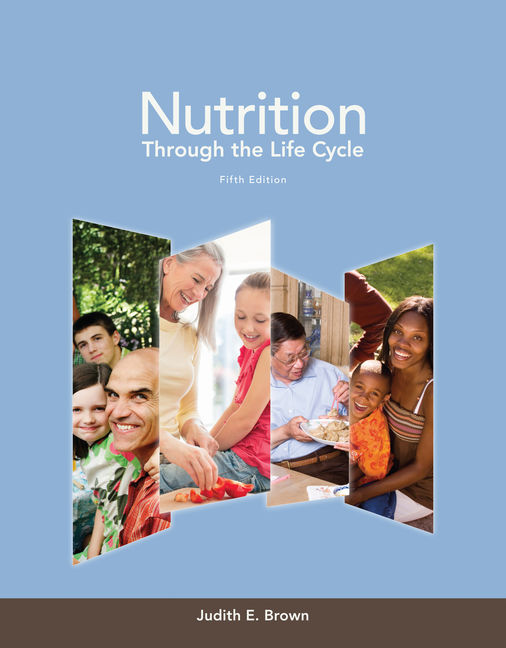

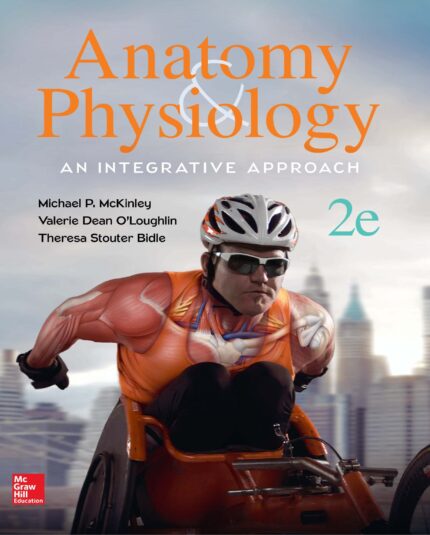




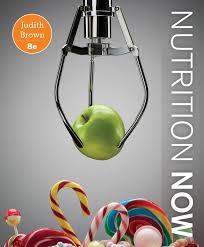
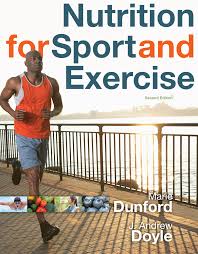

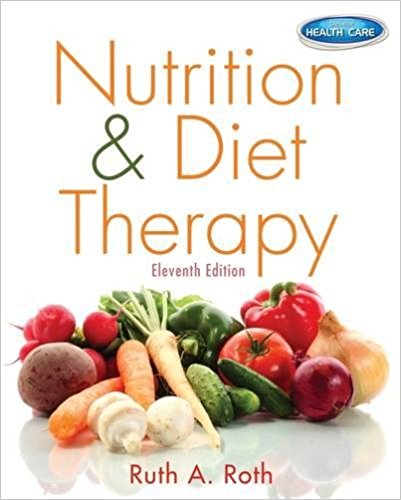
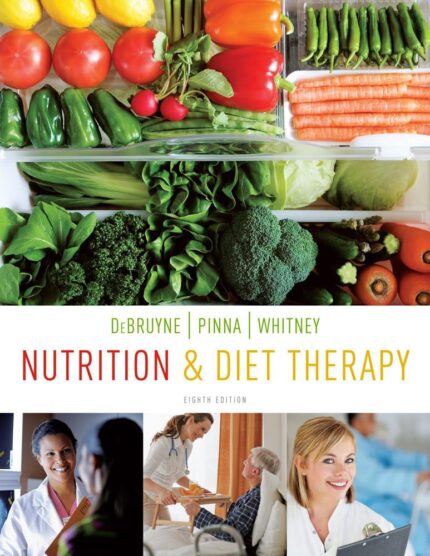
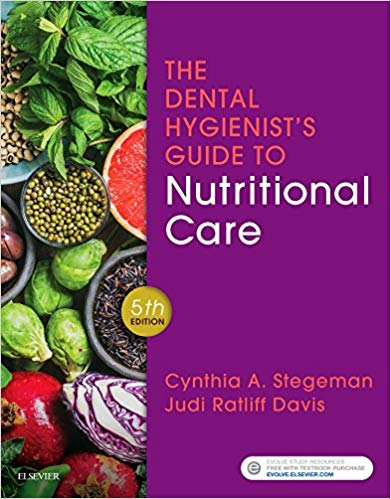
Reviews
There are no reviews yet.